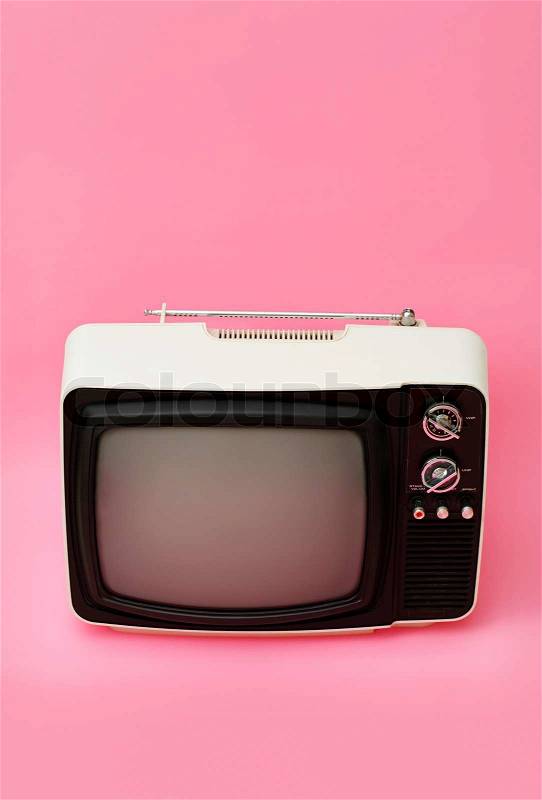
The folks at MacRunors are making a big deal out of this.
Look guys, you are buying your screens from the same vendors, in standard sizes. There is nothing ingenious abour rounded corners and a chrome-colored edge with basic black providing the trim color.
Decades ago, every 12” B/W television set had the SAME setup:
Three small knobs for Volume/Brightness/Contrast (in that order)
Click-stop VHF knob above the non-click-stop UHF knob
Speaker below all
All knobs were in the upper right
The speaker was always in the lower right
Most models came with fake wood grain for the body, though grey and white were also available.
And NOBODY sued or complained it was a rip off.
Apple’s primary distinguishing feature is iOS and custom chips inside, just like General Electric TV’s was VIR and Motorola’s was “Works in a drawer”.

Really? You are actually quite wrong about that. There were and are numerous trade dress lawsuits that take place yearly in our courts. There were many styles of those TVs you use as an example, but each trade dress was distinctive, not an exact copy of some other manufacturer's product. Yes, there were re-badged house brands made by one manufacturer sold to different retailers that looked exactly identical, but there could be no trade dress infringement there because the manufacturer owned the design while the retailer owned the TradeMark, or badge that would be put on the product. There was a lively design effort to make the sets distinctive

Everyone of those above has a distinct Trade Dress to distinguish itself from its competitor device. . . designed with Trade Dress to not to look the same. Those that tried to look like the market leaders were SUED for that attempt. . . and lost in court. Here is the legal definition of Trade Dress:
A product's physical appearance, including its size, shape, color, design, and texture.In addition to a product's physical appearance, trade dress may also refer to the manner in which a product is packaged, wrapped, labeled, presented, promoted, or advertised, including the use of distinctive graphics, configurations, and marketing strategies. In intellectual property law, a Cause of Action for trade dress infringement may arise when the trade dress of two businesses is sufficiently similar to cause confusion among consumers. In such situations the business with the more established or recognizable trade dress will ordinarily prevail. Two remedies are available for trade dress infringement: injunctive relief (a court order restraining one party from infringing on another's trade dress) and money damages (compensation for any losses suffered by an injured business).Like Trademarks, trade dress is regulated by the law of Unfair Competition. At the federal level, trade dress infringement is governed primarily by the Lanham Trademark Act (15 U.S.C.A. § 1051 et seq.); at the state level, it is governed by similar Intellectual Property statutes and various common-law doctrines. Both state and federal laws prohibit businesses from duplicating, imitating, or appropriating a competitor's trade dress in order to pass off their merchandise to unwary consumers.
To establish a claim for trade dress infringement, a company must demonstrate the distinctiveness of its product's appearance. Trade dress will not receive protection from infringement unless it is unique, unusual, or widely recognized by the public. Courts have found a variety of trade dress to be distinctive, including magazine cover formats, greeting card arrangements, waitress uniform stitching, luggage designs, linen patterns, cereal configurations, and the interior and exterior features of commercial establishments. In certain contexts courts may find that distinctive color combinations are protected from infringement, as when a federal court found the silver, blue, and white foiled wrapping in which Klondike ice cream bars are packaged to be part of an identifiable trade dress (AmBrit v. Kraft, 812 F.2d 1531 [11th Cir. 1986]). The legal Dictionary
In this instance, Apple has gone even further. The appearance of the iPad and iPad Mini are actually under a U.S. Design Patents, and are protected by patent law. Design Patents are not the same as Utility Patents. (The difference between Design Patents and Utility Patents.) A design patent cannot be invalidated by merely changing the badging or slight changes in button positions or minor other variations. There are NONE of the changes that would invalidate the Apple patents on Nokia's tablet. It is in direct infringement of those Design Patents.and Trade Dress.
I have seen people try to use a similar argument about the necessity for four wheels, brakes, and a steering wheel on early cars being somehow analogous to Apple's iPhone's multi-touch screens and the patents for it. . . but they are totally unaware that four wheels and steering wheels on cars WERE patented and other makers either licensed those innovations or went to extremes such as three-wheeled or six wheeled automobiles, and used tillers or other attempts to avoid licensing until the patents expired or knuckled under and paid the royalties to use the patents.
The loss to commerce of Counterfeit goods theft is an estimated 1.7 Trillion dollars a year. . . and Trade Dress infringement is just one step removed from counterfeiting. It IS intended to sell you products on the backs of someone else's design and is just one more step down the road of lawlessness and piracy. This is not legitimate competition. It is theft.
Apple's primary distinguishing features are often the look and feel on the outside, as well as on the inside. I have this 12" television with remote control still operating in my living room (not the actual pic). 1997 model, nothing else like it at the time or since. Oh, it also has a CD music player, subwoofer entertainment system and computer. But you would probably say Nokia and Microsoft had the same thing at the time (not).  Note the TV/Mac button.
Note the TV/Mac button. 